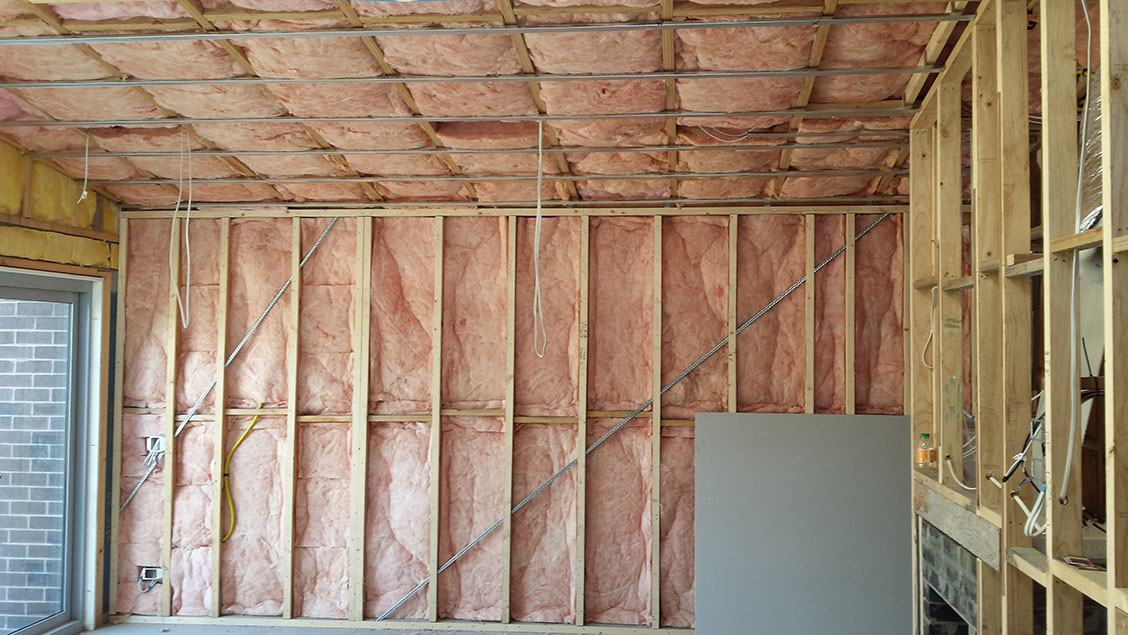Allergy-Free Insulation: Reduce Allergy Triggers Caused by Indoor Allergens
05 October 2023
Discover allergy-free insulation options from D&D Insulation Services to reduce indoor allergens. Assure a healthier living environment. Call (03) 8390 5959.
Individuals who suffer from allergies should avoid indoor spaces laden with allergens as they may trigger uncomfortable symptoms and diminish overall well-being. Dust mites, mould spores, pet dander, and pollen can easily accumulate in the home and exacerbate allergy symptoms. One effective way to combat these indoor allergens is by using allergy-free insulation materials.
Understanding more about indoor allergens and how they can be addressed through allergy-free insulation can help building owners reduce triggers as well as create a healthier and more comfortable living environment.
An Overview of Indoor Allergens
Indoor allergens can be a challenge for allergy sufferers since they persist in the air and settle on surfaces. Common indoor allergens include dust mites, pet allergens, mould spores, pollen, and even cockroach droppings. When inhaled or touched, they can cause symptoms such as sneezing, nasal congestion, coughing, itching, and even asthma attacks, which can all be dangerous when not addressed for a long time.
While insulation in most buildings plays a vital role in maintaining a comfortable indoor environment by regulating temperature and improving energy efficiency, its materials like fibreglass and cellulose only end up trapping and holding allergens. This quality then allows the said insulation to contribute to poor indoor air quality. However, through allergy-free insulation, building owners now have a way to resist the accumulation of allergens and reduce their presence in the living space.
Benefits of Allergy-Free Insulation
Allergy-free insulation is a type of insulation made from closed-cell spray foam, rock wool, or cellulose treated with borate. All these materials can naturally repel pests and allergens, making them ideal for preventing their accumulation over time.
Once you integrate allergy-free insulation into your building, you can gain the following benefits.
• Reduced Allergen Accumulation: Allergy-free insulation materials are specifically formulated to resist the collection of allergens, which prevents them from becoming trapped within the insulation fibres.
• Improved Indoor Air Quality: By reducing allergen buildup, allergy-free insulation contributes to improved indoor air quality, providing relief for allergy sufferers as well as promoting better respiratory health.
• Minimised Respiratory Symptoms: With fewer allergens circulating in the air, allergy sufferers are less likely to experience common respiratory symptoms like sneezing and coughing, creating a more comfortable living environment.
• Enhanced Energy Efficiency: Just like other insulation, allergy-free insulation still maintains its effectiveness over time. This quality ensures optimal energy efficiency in the home and reduces energy costs.
• Ensured Sustainability: Many allergy-free insulation materials are made from eco-friendly and sustainable sources, making them a greener choice for insulation needs.
Addressing indoor allergens is paramount to creating a healthy and comfortable living environment, especially for individuals with allergies. By maximising allergy-free insulation materials, building owners can significantly reduce allergen triggers, improve indoor air quality, and enhance overall well-being. If you want to invest in this type of insulation, you must consult with a professional insulation supplier and contractor to determine the most suitable allergy-resistant insulation for your specific needs and budget.
Optimized by: Netwizard SEO

